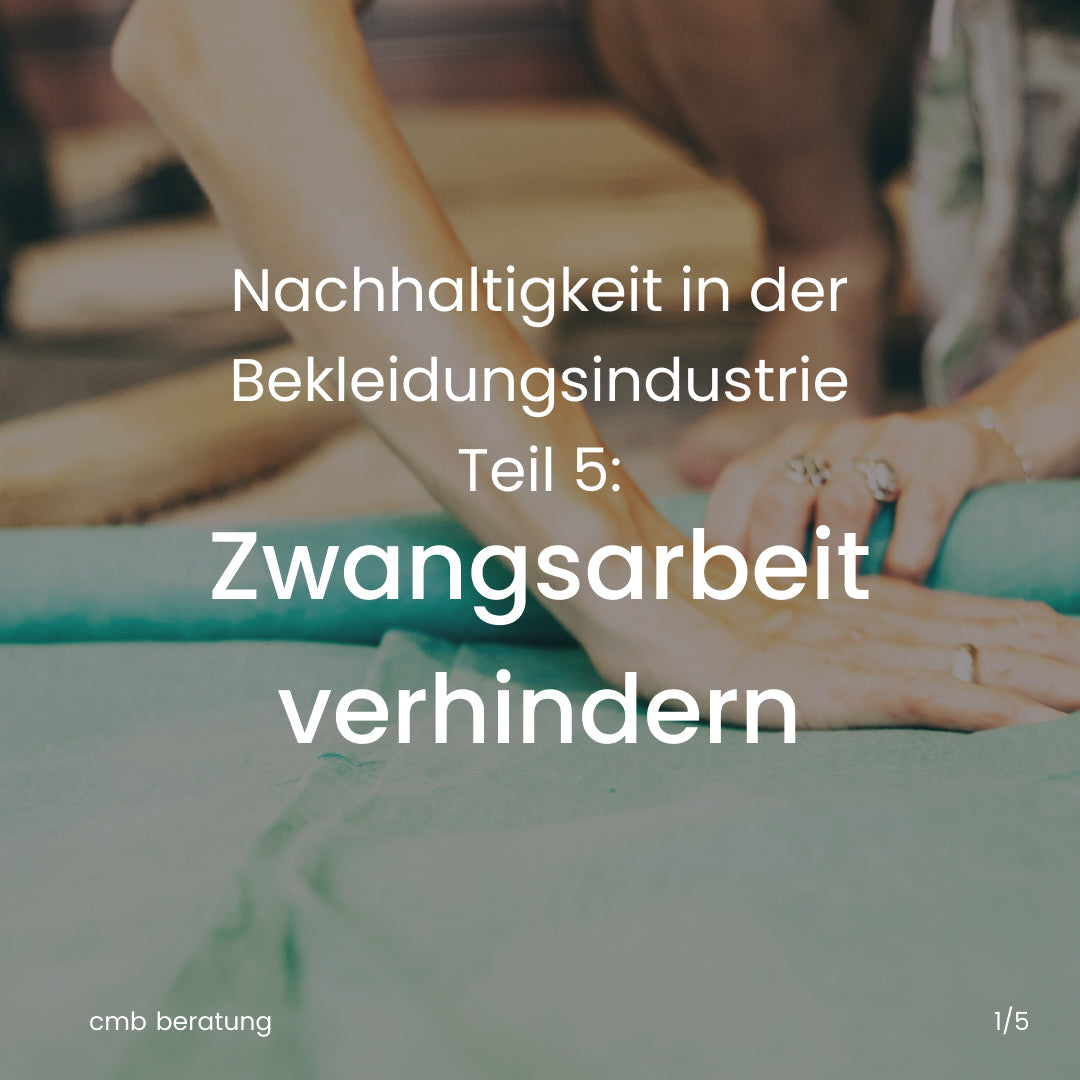In our series on sustainability in the clothing industry, we've already discussed poor working conditions and starvation wages. But there's an even more serious form of exploitation that often goes unnoticed in public discourse: forced labor. Unfortunately, it's not uncommon in the textile industry—and it violates fundamental human rights.
An example: Cotton from Xinjiang
A particularly horrifying example is cotton production in the Chinese region of Xinjiang. There, the Uyghur minority is systematically oppressed, imprisoned, and forced into forced labor. Regardless of age, education, or family situation, they are forced to harvest. Anyone who refuses is punished.
Numerous brands around the world source cotton or yarn from this region – often without being able to trace it themselves. NGOs estimate that one in five cotton garments can be linked to human rights violations. Manufacturers who outsource their production to suppliers often evade responsibility. But turning a blind eye means complicity.
Responsibility begins with the supply chain
Whether forced labor is involved depends not only on the location of production, but also on whether a manufacturer has full control over its supply chain. There are also cases of exploitative conditions in Europe. Only those who understand their entire value chain and actively assume responsibility can guarantee that no forced labor is involved in a piece of clothing.
What does this mean for us as consumers?
We all bear responsibility – with every purchase. By questioning where our clothing comes from and making conscious choices, we are taking a stand against exploitation. At BREDDY'S, transparency and fair production conditions are at the heart of everything we do. Because clothing should never be produced at the expense of others.
Conclusion: Those who look away share responsibility. Those who look can make a difference.
At BREDDY'S, we say clearly: No to forced labor. And yes to a fashion world where humanity matters.


